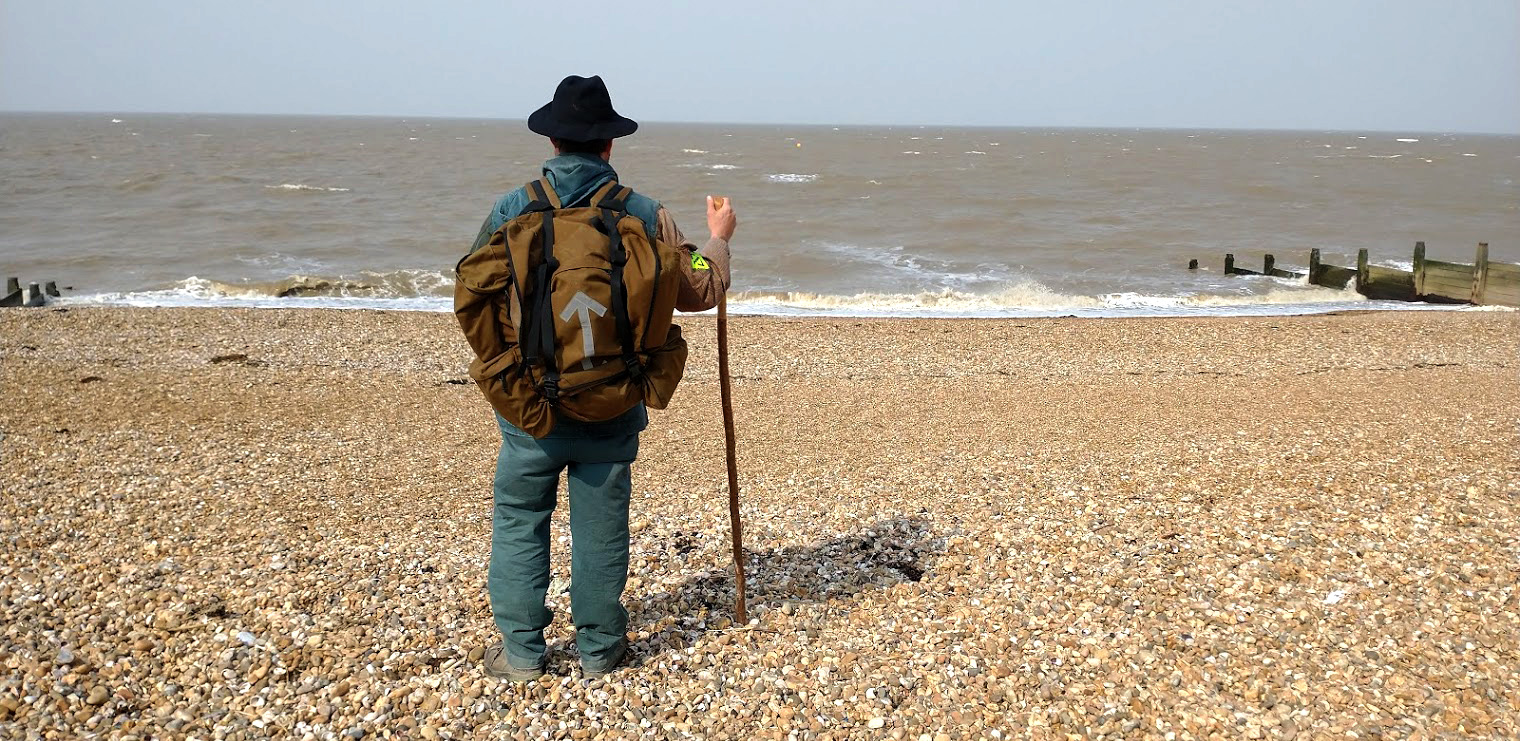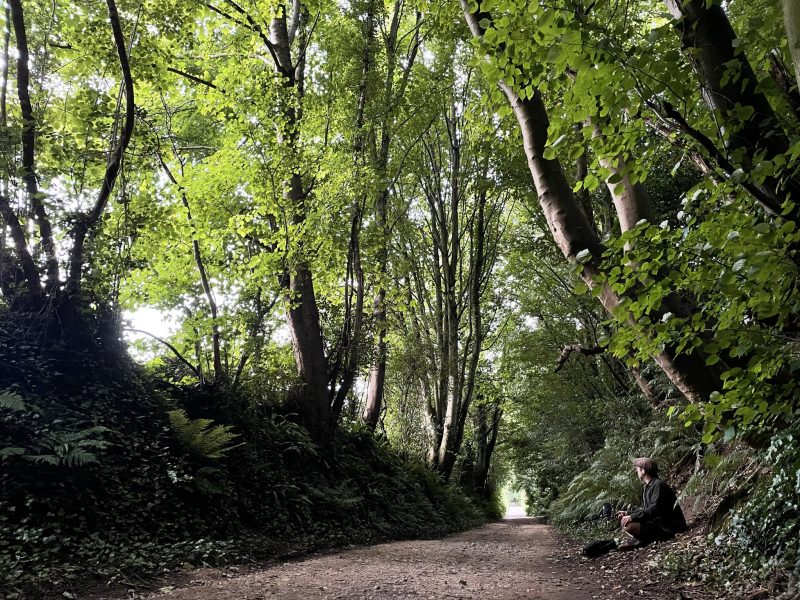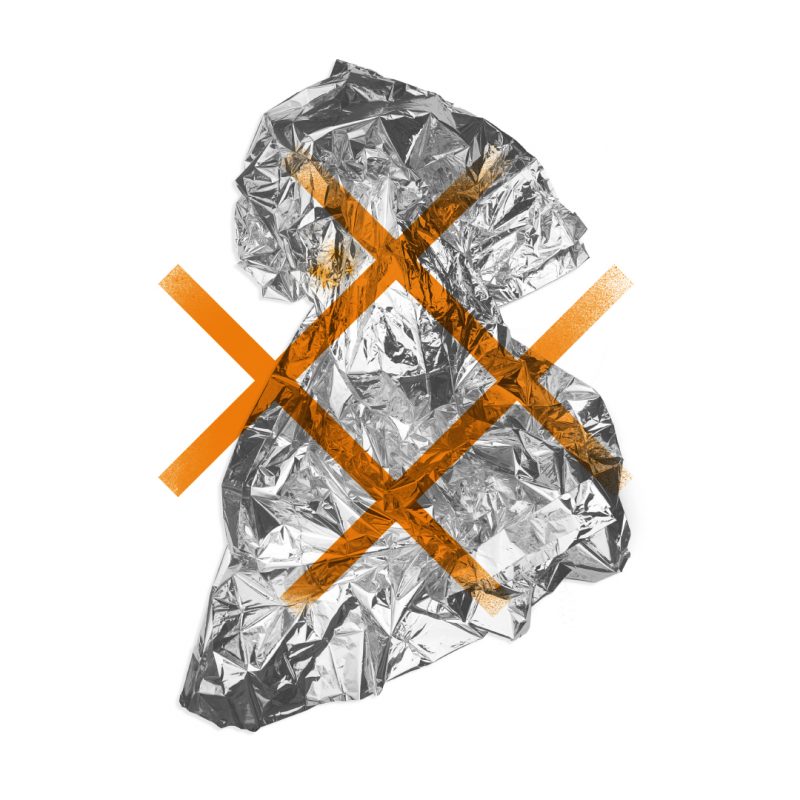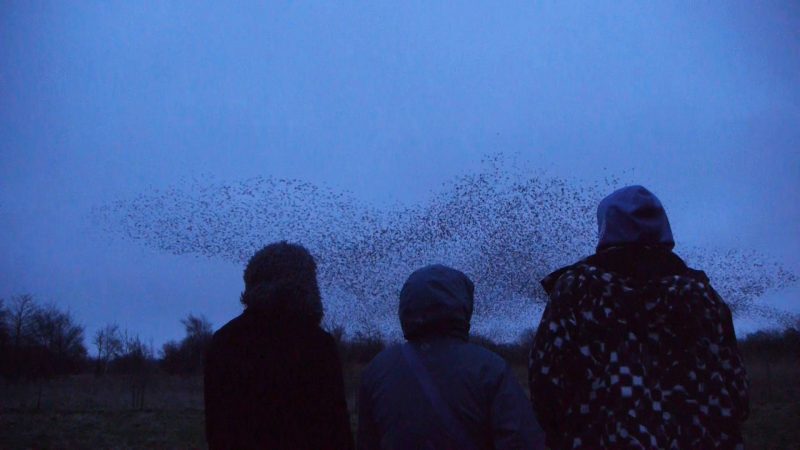Day #17
I’m walking the final stretch of this pilgrimage with two old friends. Chiv and I sleep in the van overnight at a secluded spot on Romney Marsh, before heading to Sandling train station, where Rasheeqa is meeting us from London to start walking. Conviviality was a key aspect of the founding version of this pilgrimage, for which I had planned to identify and meet, walk, and share food with people who in some way connected to my search for ‘acts towards and visions of a positive future society’. Through the course of the pandemic, and a year of walking in circles in my local ancient woodland, that context became more and more distant from my thinking as I was drawn further inwards with each revolution and the idea of conviviality increasingly distant. The resulting pilgrimage – more ‘Pilgrims Progress’ than ‘Canterbury Tales’ – has largely reflected that shift, so it feels good to get out of myself and share the last stage of walking.
It’s late April and, as we ascend wooden steps into Heane Wood, not far from the outskirts of Folkestone, the life of the woodland is emerging from dormancy with a rude burst of colour, sound and smell. Rasheeqa is a forager and herbalist so within minutes we’re chewing on three cornered leeks, gathering ground ivy for tea and garlic mustard leaves for lunch. A deepening of my plant knowledge is something I feel I’ve missed over the course of the walk, and becoming less human has been a recurrent theme, so it feels entirely appropriate to spend the final stage of this journey ingesting the landscape we pass through.
One thing noticeable today is the strong feminine influence in local Christian history, with churches honouring sixth century British female saints Ethelburga and Aenswythe and another to St Margaret of Antioch in the parish of Womenswold. We sleep in a church in Barham in the evening and are warmly met by the warden John and curate Lesley. Her infectious enthusiasm for these peripheral local histories is clear, and she shows us an interesting book in the church that is a collection of letters and accounts written by female Christian mystics.
Day #18
Rasheeqa has made up a pilgrim tincture of mugwort (for visionary dreaming), plantain, also known as waybread in old English (because it grows best on trodden paths and can be placed in socks to counter foot inflammation) and nettles (Roman soliders used to whip their legs with nettles before long marches to aid circulation). They are also three of the herbs named in the Medieval incantation known as the ‘Nine Herbs Charm’. I particularly like the plantain section:
And you, Waybread, plant-mother!
You’re open to the east, yet mighty within:
Carts creaked over you, women rode over you,
over you brides bellowed, over you bulls snorted!
You withstood it all—and you pushed back:
You withstood venom, you withstood air-illness,
you withstood the horror who travels over land.
As it’s the final day of the pilgrimage to Canterbury (I’ve chosen to walk on to Whitstable tomorrow), we fill it with little waymarking rituals. I feel at ease in the knowledge that this walk has shifted something in me. I’m not looking for anything in particular out of reaching the destination because I know that, although necessary, it isn’t what the pilgrimage has been, or arguably is ever, about.
We reach Canterbury cathedral too late to be let in but the gate guard looks at my unconventional Riddley Walker-esque take on pilgrim attire and nods us through with a slight smirk. We enter the cathedral just as the final strains of evensong are fading but it’s enough to feel the remarkable acoustics of the place. I finally stop walking and stare up in awe as the sound of the organ bounces between the caverns above. My knees tremble and I’m reminded of Rupert Sheldrake’s assertion that cathedrals are designed to induce altered states of consciousness. We wander about a bit until a verger starts edging us silently towards the door and make our way towards a local hostelry to rest bones and quench thirsts. I decide to leave serious reflection to another day. That day hasn’t come yet, and maybe it won’t. It feels like the learning from the last nine months is already beginning to emerge in other ways beyond the pilgrimage itself, even beyond a walking practice. I’m not going to rush it. I’ve learnt that at least.
Day #19 – epilogue
I’m walking the eight miles from Canterbury to Whitstable with a local – writer Christopher Stone. We meet to look at the wall mural in the cathedral depicting the life of St Eustace, who inspired a cult following in Canterbury. The mural is also famously what inspired Russell Hoban to write the classic novel Riddley Walker, set in a future post-nuclear version of Kent. The novel has been part of the constellation of influences for this pilgrimage, and I re-read it last year as part of my research. Written in a kind of devolved version of English, the line that keeps coming back as I’ve been walking is Riddley’s mantra ‘The onlyes power is no power’ from his lysergic meltdown/epiphany in the ruins of Canterbury (Cambry) castle. “I cud feal some thing growing in me it wer like a grean sea surging in me it wer saying, LOSE IT. Saying, LET GO. Saying, THE ONLYES POWER IS NO POWER”. It’s always felt to me that this relinquishment of power is also a relinquishment of modernity’s insane urge for human control over a subordinated nature and, as such, it could also be my mantra for this journey. I am, however, glad that it’s not accompanied by a pack of murderous wild dogs.
So, on we go. Chris is wonderful company, a treasure trove of stories and connections, people we know independently and a depth of local knowledge and insight. The reason I had decided on Whitstable as a final destination is down to a mysterious sand formation known as the street, that stretches most of a kilometre due north into the Thames estuary. Unmoved by Canterbury cathedral as my pilgrim destination, I was taken with this path going straight out into the sea, and I’m pleased to discover from Chris that there is local thinking connecting the curious earth work to standing stones in the grounds of St Augustine’s abbey exactly seven miles due south from the end of the street out in the sea, and passing through a sequence of churches and burial mounds in between. Coincidence? Ley line? Really, who knows, but I’m pleased with finding some resonance for my instinct.
The tide is in when we arrive, and I need to leave before it goes out again, but I’m used to these kind of non-events at the end of pilgrimage. The lack of fanfare or really any kind of marking point seems fine to me. I had thought I would throw the hazel staff I made for this pilgrimage into the sea but that seems to mark an end that I really don’t feel. One of the pilgrim archetypes is ‘seeker’ and this pilgrimage has echoed the ups, downs, searches for meaning and moments of epiphany that I value as part of life. The question of whether art reflects life or life reflects art seems irrelevant at this point; I can no longer distinguish between the two. So I’ll come back one day soon, when I can walk out into the middle of the sea at night, surrounded by stars and water, and think about where this road to nowhere goes next.






11 Comments
Add Yours →A beautiful journey encompassing all yet nothing a tangible dream that evaporates into the subconscious.
Thanks Paulette, yes I enjoy the way it feels intangible. I somehow don’t really want to write too much about it or even take it any further.
Love to read that non-ending (I would happily have dove in and swum off into the distance after walking arriving in Finisterre) and interesting to read that there are some consistencies between pilgrims / pilgrimages. Great stuff re women mystics and foraged herbs / chant. I expect you know Sonia Overall’s Heavy Time.
Hi Tamsin, glad you enjoyed reading. Yes, I’ve read Heavy Time. I wasn’t a big fan, but definitey some of her approach made it into my subconscious as a fellow pilgrim.
That’s a great ending – I , too, could have dove off the cliffs at Finisterre when I arrived and swum and swum (back into the primordial soup?). Also great stuff on women mystics and foraged herbs with chant. Interesting to see that there are indeed shared experiences of being a pilgrim / pilgrimages. I expect you’ve seen Sonia Overall’s Heavy Time.
Beautiful. The onlyes power is no power that is something to ponder. Thanks for sharing.
Yes! I’m thinking t-shirts.
I loved reading this and want to know more about everything you mention.
Thanks, glad you enjoyed it!
Thanks for the mention Nes. Yes that’s a very good ending. Come to think of it, I’ve never, in all my nearly 40 years living in Whitstable, thought of standing out on the Street to watch the sunrise. I guess that weird formation is part of the furniture of life in our little town. We take it for granted that it’s there. To watch the sunrise you would need to look out along the Estuary towards the English channel and the Continent, with your back to London. I think that says it all. Let me know when you plan to do it.
Sorry Chris I missed this comment. Yes, facing away from London, that makes it perfect! I’m not sure when it will be but after the baby is born now…